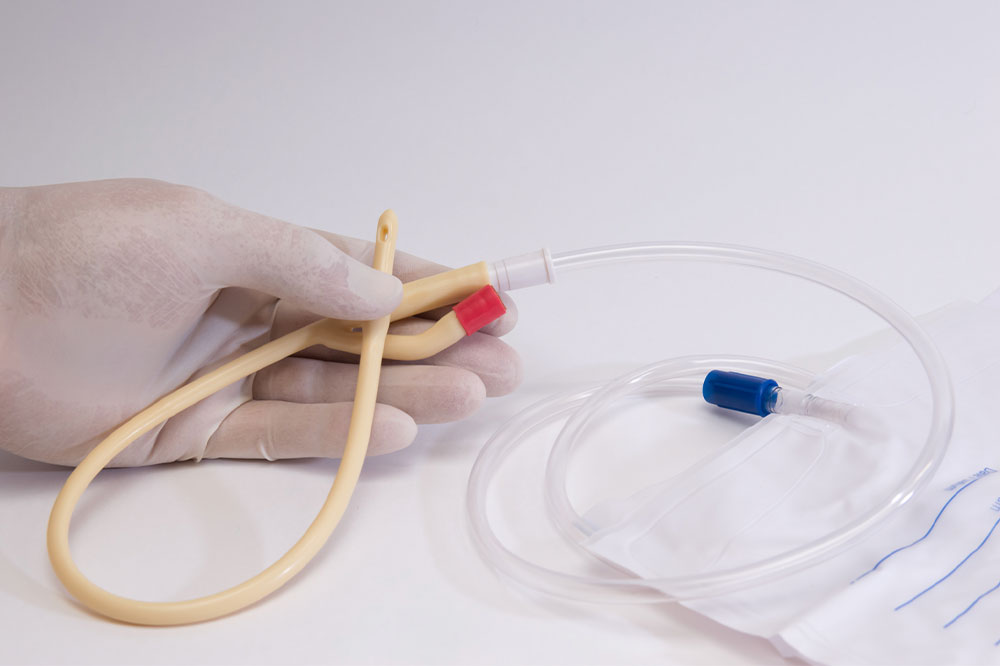
An overview of urine catheters
In healthcare, specific devices hold significant importance in managing various conditions. A urine catheter is a flexible tube used to drain urine from the bladder when an individual cannot do so autonomously. Understanding the different types of catheters, their potential side effects, and the proper insertion procedure is crucial for healthcare professionals and patients. This is a basic guide for urine catheters, their diverse types, potential side effects, and the procedure involved.
Types of urine catheters
There are several types of urine catheters available, each designed to meet specific needs. Let’s explore some of the commonly used types:
Indwelling catheters
Indwelling catheters, also known as Foley catheters, are the most common type of urine catheters. These catheters feature a balloon at one end that is inflated once the catheter is inserted into the bladder.
Intermittent catheters
Intermittent catheters, as the name suggests, are used for short-term drainage. Unlike indwelling catheters, intermittent catheters are inserted only when necessary, and after the bladder is emptied, they are removed.
External catheters
External catheters, commonly known as condom catheters, present a non-invasive alternative to indwelling and intermittent catheters, thus offering individuals a viable option for urinary management.
Suprapubic catheters
Suprapubic catheters provide an alternative means of urine drainage when the urethra is damaged or obstructed. By inserting a catheter through a small incision in the lower abdomen directly into the bladder, this procedure offers a practical solution for managing urinary difficulties.
Side effects of urine catheters
Some common side effects include:
Urinary Tract Infections (UTIs)
Bladder Spasms
Catheter-associated trauma
Blockage or Leakage
Allergic reactions
Procedure for urine catheter insertion
The procedure typically involves the following steps:
Preparation
The healthcare professional ensures proper hygiene, washes their hands, and gathers the necessary supplies, including a sterile catheter kit, gloves, lubricant, and a collection bag.
Patient positioning
The patient is positioned comfortably, usually lying on their back with their legs slightly bent and apart.
Sterile field setup
A sterile field is created by draping the area around the urethral opening and setting up sterile equipment.
Lubrication
The catheter is lubricated to ease insertion and reduce discomfort.
Catheter insertion
The healthcare professional gently inserts the catheter into the urethra and advances it slowly until it reaches the bladder. Once the catheter is in the bladder, the balloon is inflated to secure it in place.
Setting up the collection bag
It is essential to connect the drainage bag to the catheter securely to ensure a smooth flow of urine and prevent any leakage.
Securing the catheter
To keep the catheter in place, healthcare professionals utilize either a catheter stabilization device or tape to secure it to the patient’s leg or abdomen.
Post-procedure care
After the procedure, healthcare professionals prioritize the patient’s comfort. They provide detailed instructions on how to care for the catheter and address any potential complications or concerns that may arise.
Urine catheters are valuable devices that help individuals who are unable to empty their bladder naturally. By maintaining proper hygiene, following guidance, and addressing any concerns promptly, the use of urine catheters can be managed effectively, improving the quality of life for those who rely on them.




